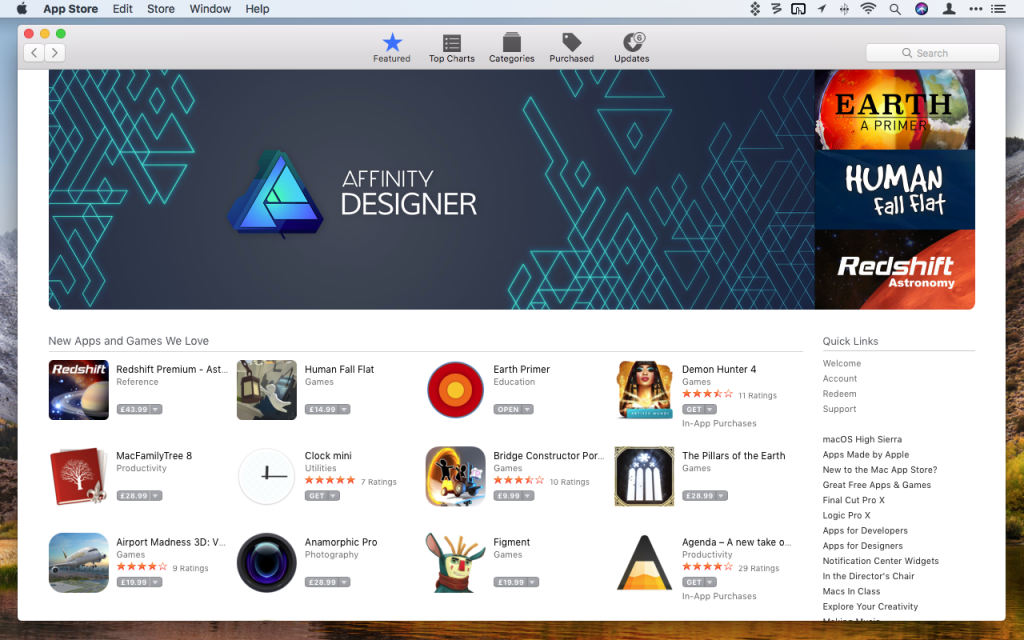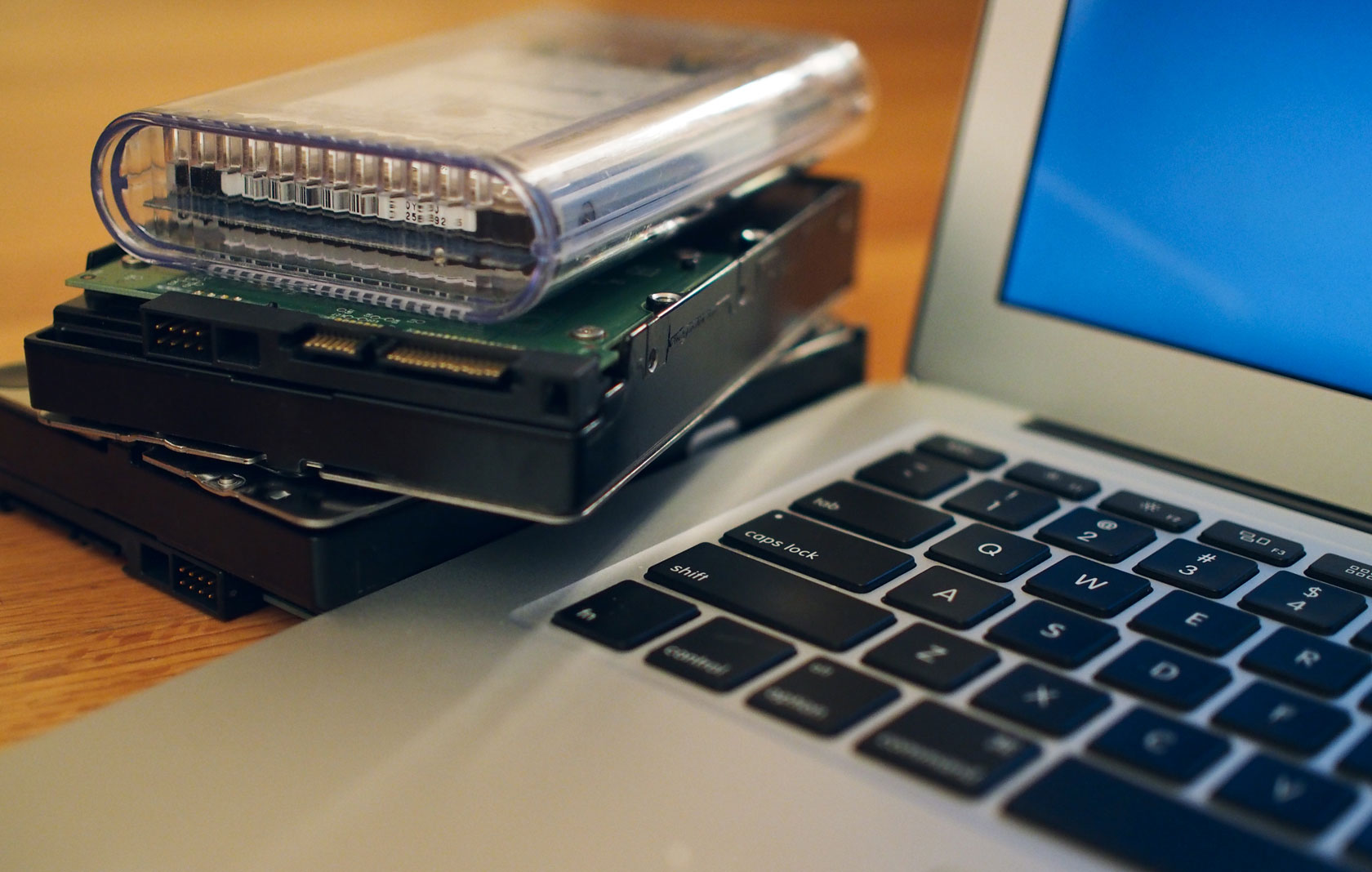How to prepare your Mac deployments for Big Sur. The first Apple Silicon Macs will be capable of running both Mac and iOS apps. Mac compatibility. The following Macs are compatible with Big Sur. BetterSnapTool ($3): Yes, you can use Split View on macOS to view two applications side by side, but it's nowhere near as intuitive as it is on Microsoft's Windows, where you can simply drag a.
Find My User Guide
How Do I See My Apps On Macbook Air
Before you can share your location with your friends and find your devices, you need to turn on Location Services and Find My Mac. You can do this when you open Find My for the first time or later in System Preferences.
Turn on Location Services
On your Mac, choose Apple menu > System Preferences, then click Security & Privacy.
Click Privacy, then click Location Services on the left.
Click the lock icon to unlock it, then enter an administrator name and password.
Select Enable Location Services, then select Find My in the list of apps.
Set up Find My Mac
On your Mac, choose Apple menu > System Preferences, then click Apple ID.
If you don’t see Apple ID, click Sign In, then sign in with your Apple ID or click Create Apple ID (if you don’t already have one).
Click iCloud in the sidebar.
Select Find My Mac, then click Allow (if asked) to allow Find My Mac to use the location of your Mac.
If a Details button is next to Find My Mac, make sure you turned on Location Services and Find My in Security & Privacy preferences.
Turn on Find My options
On your Mac, choose Apple menu > System Preferences, click Apple ID, then click iCloud in the sidebar.
If you don’t see Apple ID, click Sign In, then sign in with your Apple ID or click Create Apple ID (if you don’t already have one).
Click iCloud in the sidebar.
Select Find My Mac, then click Options.
If you see a Details button, you need to set up Find My.
Turn any of the following on or off:
Find My Mac: Turning this option on allows you to locate your Mac if you misplace it, and protect the information on it.
Offline Finding: Turning this option on allows you to locate your device (using Bluetooth) even when it isn’t connected to Wi-Fi or cellular.
Note: When you turn off Offline Finding, your Mac can’t be found by you or anyone else.
For details about privacy and how you can control what information on your Mac is exposed, see Guard your privacy on Mac.
See a list of your purchases from the App Store, iTunes Store, Apple Books, and the Apple TV app.
To cancel a subscription or redownload something that you purchased, you don't need to view your purchase history.
Cancel a subscription.
Redownload apps, music, movies, and more.
How to see recent purchases on the web
- Go to reportaproblem.apple.com.
- Sign in with your Apple ID and password.
- A list of your recent purchases appears. If you’re not sure what you were charged for but you know the exact amount, search for the amount. If there's a problem with an item that you purchased, use this website to report the problem to Apple.
To see charges from older purchases, you might need to look at your purchase history in Settings or the App Store.
Learn what to do if you don’t see the item you’re looking for or if you see unexpected charges.
See your purchase history on your iPhone, iPad, or iPod touch
- Open the Settings app.
- Tap your name, then tap Media & Purchases. You might be asked to sign in.
- Tap Purchase History.
- Your purchase history appears. If you want to see purchases that you made more than 90 days prior, tap Last 90 Days, then select a different date range.
Learn what to do if you don’t see the item you’re looking for or if you see unexpected charges.
See your purchase history on your computer
- Open the Music app or iTunes. From the menu bar at the top of the screen, choose Account, then click View My Account.
- On the Account Information page, scroll down to Purchase History. Next to Most Recent Purchase, click See All.
- Find the item. It might take a moment for your Purchase History to appear. If you want to see purchases that you made more than 90 days prior, click Last 90 Days, then select a date range.
Learn what to do if you don’t see the item you’re looking for or if you see unexpected charges.
If you can't find an item in your purchase history
If you can’t find the item you’re looking for, try these things before you contact Apple.
Find out if a family member purchased the item
If you use Family Sharing, your purchase history shows purchases that you made using your Apple ID, but you won't see what other family members bought. To see what other family members bought, sign in with their Apple ID.
If family members have access to your device, you might want to require a password for every purchase.

To control what kids buy on their own devices, turn on Ask to Buy.
Check if you purchased the item with a different Apple ID
If you don't see an item in your purchase history, you might have been signed in with a different Apple ID when you made the purchase. Sign in with that Apple ID to check if your purchases were billed to that account.
How Do I View My Apps On Mac

Sign in with your Apple ID.

If you see purchases that you don't recognize or unexpected charges
Mac How To Uninstall App
- If you see items in your purchase history that you don't remember buying, check if someone else who uses your device, such as a family member, bought the item. If someone else is using your Apple ID and password, change your Apple ID password.
- Learn what to do if you don't recognize a charge on your statement from your bank or financial institution.
- If you still need help, contact Apple Support.
Learn more
- If you see an in-app purchase in your purchase history but you don't see it in the app, restore in-app purchases.
- Learn about how App Store and iTunes Store purchases are billed.
- If you received a suspicious email notification about a purchase, the email might not be from Apple or reflect actual charges to your account. Learn how to identify legitimate App Store or iTunes Store emails.
Store availability and features might vary by country or region. Learn what’s available in your country or region.